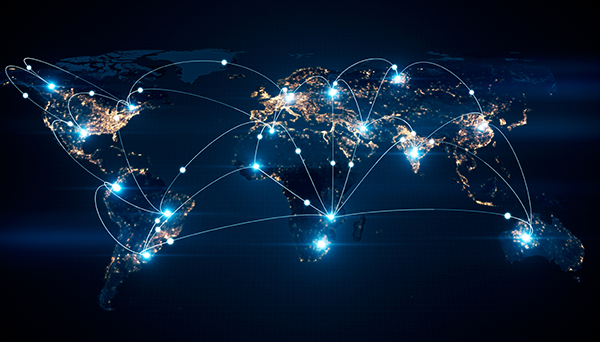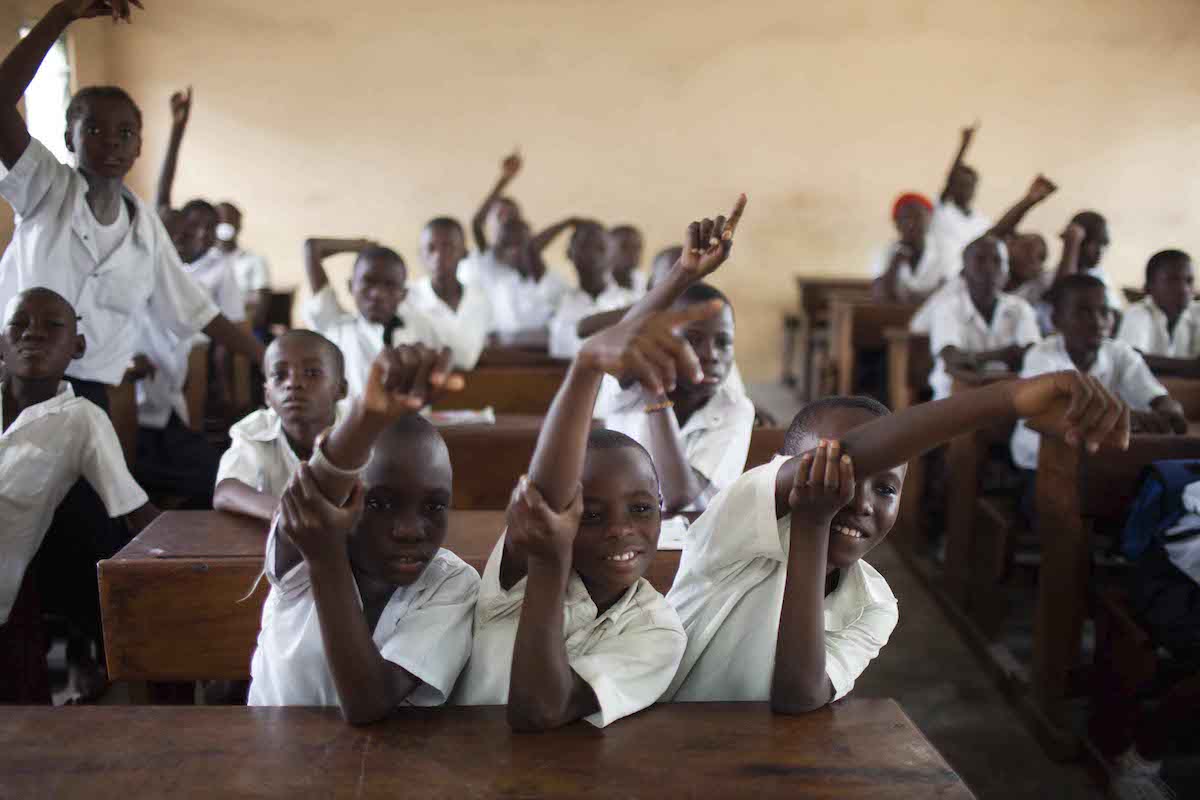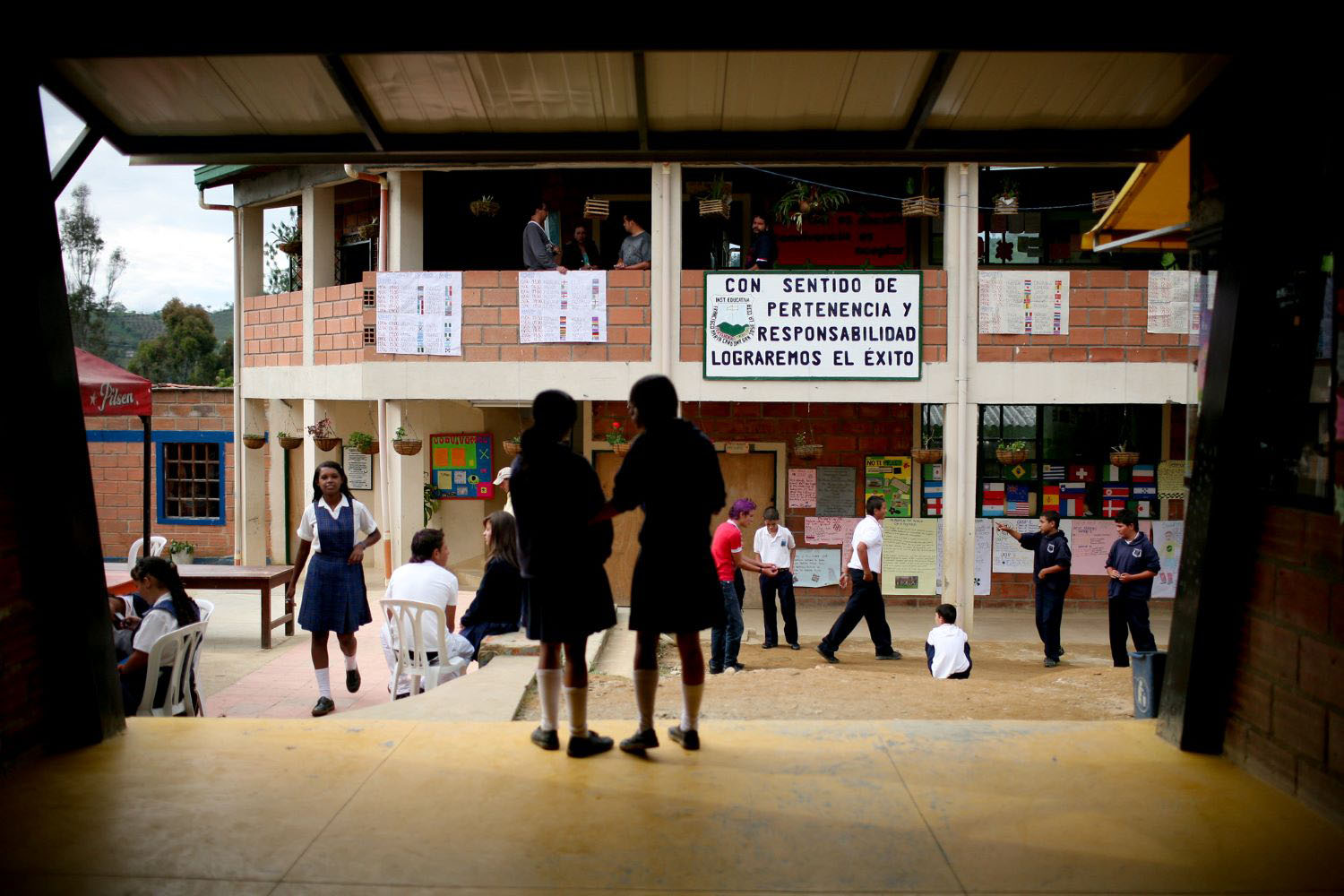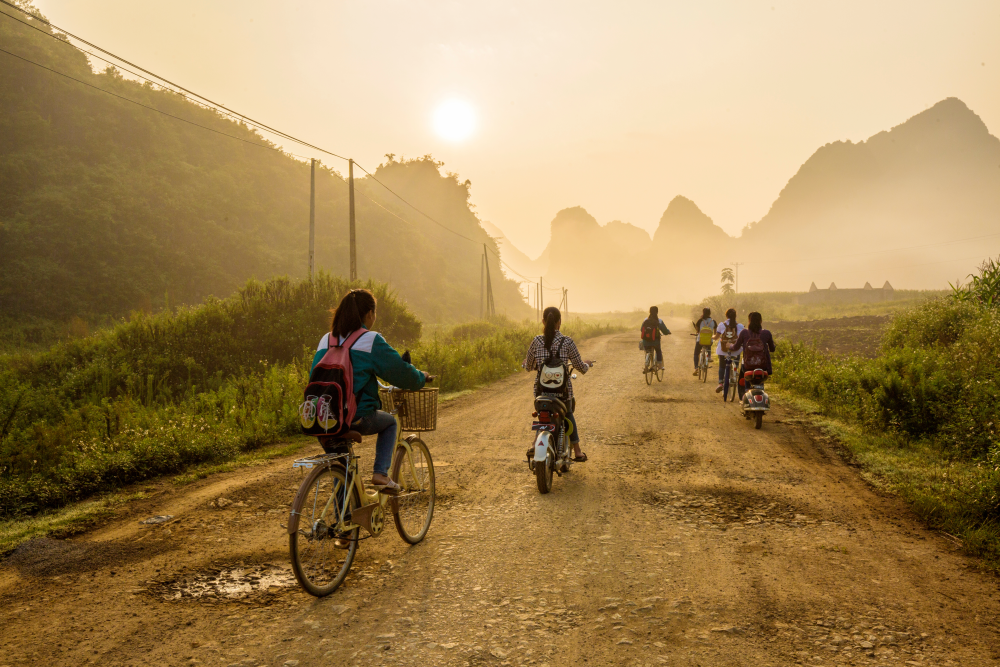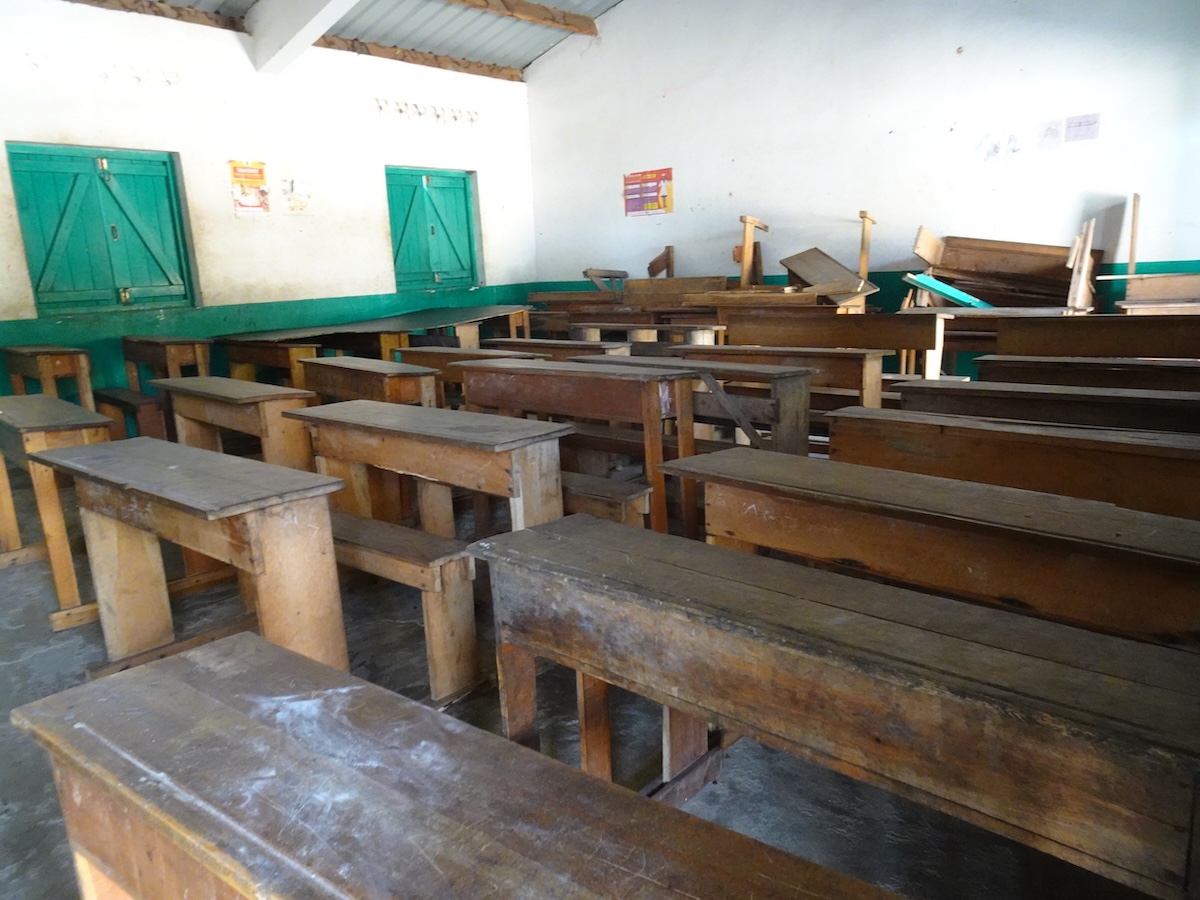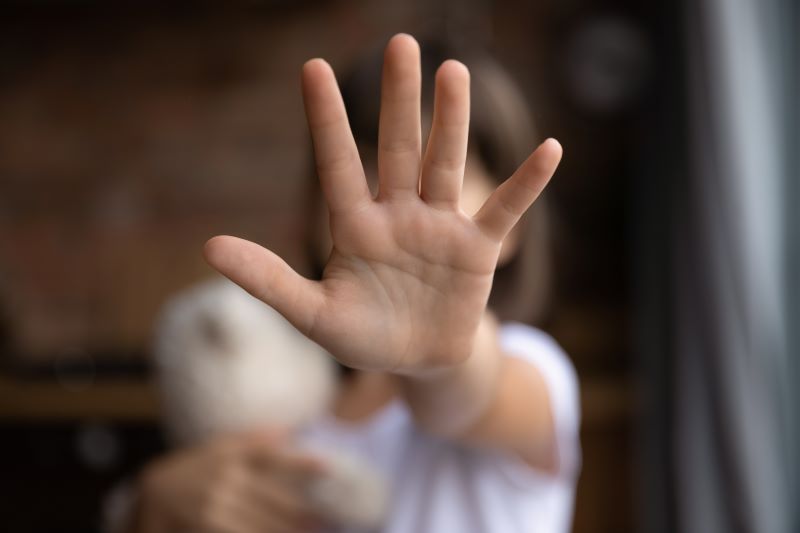Recommended
Alongside our tracker of education policy responses by national governments, we’ve started to track what international development partners are doing in education in response to the COVID-19 pandemic. Schools may be closed, but the costs of running education systems continue and may even increase. Many countries are incurring substantial unforeseen costs in pursuing distance learning and by trying to mitigate the adverse consequences of school closures on children’s welfare and education. In developing countries, these costs stretch already-wide gaps in financing for the education sector, and many governments will be turning to donors for help.
CGD colleagues have examined the ways in which development partners are responding across sectors. Others have noted shortages in G20 support for the COVID response broadly. It is not easy to establish what exactly donors are committing. Now is a time for greater transparency—we urge donors to be clear when they are making new, additional commitments for education, versus reallocating existing money.
In this blog post, we share five facts on how development partners are responding to education needs during the pandemic now.
1. Health is the overwhelming priority for donors, and the extent to which education features in COVID response plans varies.
Of the top ten donors to education, eight have COVID response plans and five of those include education in some way. Some donors, including the United States and United Kingdom, have allocated additional funds to COVID response efforts, albeit largely not to education. Others are shifting preexisting funds to align with partner countries’ needs to fight COVID. All of the top donors to education are contributing to one or more pooled funds to support education during COVID. However, these contributions remain relatively small.
The World Bank has so far made $200 billion available to an initial 25 countries through a Fast-Track initiative. Of the countries set to receive fast-track funds, so far only Pakistan has noted plans to use these funds for education. In other countries, previously allocated education funds from the World Bank can be redirected to support COVID education responses, including support for scaling up remote learning strategies. This flexibility will be crucial to responding to needs in the short run, although it may come at the expense of longer-term goals and progress in the absence of substantial additional resources to replace redirected funds.
A majority of COVID emergency funds from regional development banks are also targeted to health and technical support. Of the regional development banks, only the Inter-American Development Bank and Islamic Development Bank have noted education-specific efforts as part of their COVID responses. These efforts are focused primarily on research, policy and technical support, and signaling non-financial support for global education alliances like those led by UNESCO.
Of the 19 bilateral donors that are not part of the OECD’s Development Advisory Committee, 8 have advertised COVID aid response plans. These plans focus primarily on health and in most cases involve the direct provision of medical and other supplies. Only the United Arab Emirates and Liechtenstein mention education in their aid response plans. Bulgaria and the United Arab Emirates have contributed to the Education Cannot Wait COVID emergency fund.
2. UN and other global organizations are playing significant roles as fundraisers and implementing partners for COVID education response efforts.
UNICEF is an active implementer and support to government in many developing countries for programs focused on child protection; water, sanitation, and hygiene (WASH) campaigns; and broader education responses. UNESCO is engaged in substantial research, convening, and advocacy related to education as schools close and has launched the Global Alliance for Education to Respond to the COVID-19 Epidemic. The coalition brings together multilateral, private sector, and philanthropic partners to support global distance learning. UNHCR and UNRWA, the UN system’s refugee agencies, are making provisions for health, education, and other needs of refugees during the pandemic.
The World Food Programme is working to continue to provide school meals while schools are closed in 48 partner countries. The Global Book Alliance, supported by the Norwegian Agency for Development Cooperation, is making high-quality digital libraries available to children in more than 150 languages, with plans to expand quickly to more than 250 languages. The Inter-Agency Network for Education in Emergencies is offering technical support and guidance as many governments and development partners face an education crisis of this scale for the first time.
While the work by UN and other global organizations are striving to fill critical gaps, most are dependent on fundraising efforts in order to be able to deliver on COVID response plans and are likely to face shortages in the absence of additional support from bilateral development partners and foundations.
3. Education pooled funds are one vehicle for funders.
The Global Partnership for Education has made $250 million available for COVID-related education support to 67 partner countries. These funds are redirected from previously unallocated resources and intended to help sustain member countries’ education systems during the pandemic. Funds can be used to support ongoing learning, teachers, and students with special needs, as well as to collect data with the goal of mitigating negative impacts on the most vulnerable and preparing for recovery.
Education Cannot Wait (ECW) has activated a “First Emergency Response” funding window to redirect current funds as well as raise additional funds to support education. Priorities include ensuring learning continuity, accelerated learning, distance learning, COVID awareness, WASH services, and health and protection-related efforts. Most funds are allocated to implementing partners including UNICEF, the World Food Programme, and others. ECW has raised an initial $23 million and is requesting an additional $50 million to respond to COVID-related education needs over the next three months. Twenty-five global civil society organizations have released a joint statement calling on donors to mobilize in support of ECW’s COVID response efforts. Initial ECW grants to countries range from $250,000 in Brazil to $1.5 million in Bangladesh, Burkina Faso, and the Democratic Republic of Congo.
4. Some donors are providing direct support to distance learning programs.
Several donors are funding specific distance learning efforts, including the United States in Morocco and Japan and Korea in Cambodia. Others are offering distance learning resources. For example, Norway and Spain are making digital learning materials available. Some, including Canada and Ireland, are providing support to governments and implementing partners to fund education response efforts.
Gaps in education finance coupled with a rapid move to distance learning is opening up space for private sector involvement as well. Companies including Microsoft, Google, Facebook, Zoom, KPMG, and Coursera, as well as nonprofits such as Khan Academy, are responding to urgent calls to help education systems “tech up” as they transition to prolonged distance learning. While support from business is crucial to respond to unprecedented financial and technical needs in the education sector, Francie Menashy points out that, if not managed carefully, private sector involvement during crises can manifest in unsustainable or inappropriate solutions or approaches that prioritize financial gain for businesses over the education needs of communities.
5. Some—but perhaps not enough—philanthropies are stepping up to support COVID-response efforts
Some philanthropic foundations are providing additional funding to their grantees or allowing them to redirect existing grants to their COVID response. The Lego Foundation has contributed $50 million to COVID responses to support education, including $15 million allocated to the Education Cannot Wait pooled fund. The Michael and Susan Dell Foundation has committed $100 million to support COVID response efforts and has included education as priority. The Gates Foundation has made emergency funds available to support education in the United States. Others including Dubai Cares and Education Above All are also offering support for education during the crisis.
At CGD, the education program has been busy doing research and producing public goods to help policymakers respond to the COVID pandemic. We’re grateful to ELMA Philanthropies, UBS Optimus Foundation, and the Vitol Foundation for providing rapid grants to allow us to do this.
In this post, we’ve only looked at the immediate responses which have been publicly advertised. The pandemic and its consequences are likely to continue for a long time and will inevitably have lasting impacts on education systems. Clarity on which donors are doing what, how, and why is key to helping education systems navigate the pandemic and to limiting growth of already wide finance gaps for education in developing countries. In a follow-up blog, we will explore what international donors can and should do over the medium- to long-term to support education systems affected by COVID. We will also draw on lessons from how education donors have responded in past global crises and discuss how well donors are doing in terms of coordination, complementarity, and cooperation. Watch this space for that piece and more on what education financing might look like in the wake of the COVID pandemic.
Disclaimer
CGD blog posts reflect the views of the authors, drawing on prior research and experience in their areas of expertise. CGD is a nonpartisan, independent organization and does not take institutional positions.


